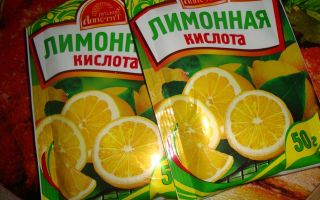Content
- 1 Causes of the appearance of urinary stones in the toilet
- 2 Features of removal of urinary stones in the toilet
- 3 How to clean the toilet from urinary stones using folk methods
- 3.1 How to remove urinary stones in the toilet with citric acid
- 3.2 How to clean a urinary stone in the toilet with vinegar
- 3.3 How to get rid of urinary stones in the toilet with oxalic acid
- 3.4 How to clean a toilet bowl from urinary stones with soda
- 3.5 How to remove urinary stones inside the toilet with cola
- 3.6 How to clean urinary stones in the toilet with bleach
- 3.7 How to remove urinary stone from a toilet bowl whitened
- 3.8 How to dissolve urinary stones in the toilet with electrolyte
- 4 How to clean urinary stones in the toilet with specialized products
- 5 Prevention of the appearance of urinary stones in the toilet
- 6 Conclusion
It is very difficult to remove urinary calculi in the toilet, especially if the dirt is already old, however, it is quite possible. To avoid the troublesome cleaning of the bathroom, elementary operating rules and special prophylactic agents, which are presented in a wide variety in household chemicals stores, will help. In addition, it is recommended to pour cleaning agents into the bowl once every 1-2 weeks so that urinary stones do not accumulate on the surface of the toilet.
If the level of pollution has reached a critical level, aggressive chemicals have to be used. You can also resort to folk methods of cleaning the toilet - the use of improvised substances will cost much less.
Causes of the appearance of urinary stones in the toilet
Urinary stones form on the surface of the toilet bowl primarily due to inaccurate use of the bathroom. If the water is flushed off irregularly, the residual urine will inevitably linger on the walls of the bowl, which eventually leads to the formation of a dark plaque.
Features of removal of urinary stones in the toilet
Regardless of what kind of means are used to remove urinary stones, we must not forget about our own protection. This is especially important if they are trying to remove plaque with the help of aggressive chemicals - contact with them can dry out the skin of the hands or provoke an allergy attack. In large quantities, powerful cleaning agents and their vapors can cause chemical burns to the skin and mucous membranes.
Based on this, all manipulations with dirty divorces should be carried out taking into account the following rules:
- The urinary stone is removed using household chemicals exclusively with rubber gloves.
- Before starting all work, you must put on a protective mask on your face to protect the respiratory tract from harmful vapors.
- As an additional measure of protection, it is advisable to wear an oilcloth or plastic apron. It does not so much help with burns as it prevents harmful microorganisms from getting on clothes.
- If drops of cleaning agents to remove urinary stones do get on your skin, rinse them off immediately with water.
- When using strong-smelling gels and powders, it is best to leave the toilet door open. Otherwise, they can cause severe headaches.
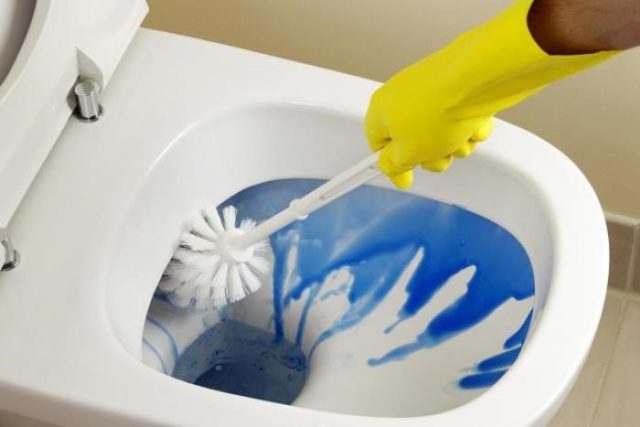
How to clean the toilet from urinary stones using folk methods
There are many tools at hand that can quickly dissolve the stone in the toilet. Of course, it is difficult to cope with old stains using folk methods, however, they remove superficial plaque effectively and inexpensively.
How to remove urinary stones in the toilet with citric acid
Citric acid is the most common substance used for removing urinary stones. Instead, you can also take acetic acid, since both products are approximately equal in strength.
In order to remove plaque from the surface of the toilet bowl, you need to blot the toilet paper folded several times in vinegar and attach it under the rim. Additionally, pieces of paper are placed in places of heavy dirt. In this form, everything is left for several hours, preferably overnight. In the morning, the cleaned surface is washed with clean water.
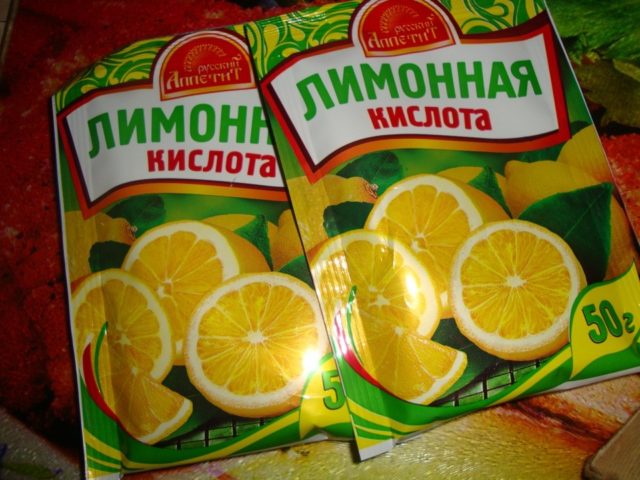
How to clean a urinary stone in the toilet with vinegar
Vinegar scrubbing is another powerful method for removing urinary calculi from the toilet. This will require 1 tbsp. 9% table vinegar, but if not, you can use acetic acid, which is diluted according to the instructions on the package.
After the water from the toilet is pumped out, wipe its surface with a dry cloth. Then a napkin is moistened abundantly in vinegar and applied to the place with a bloom of urinary calculus. After 3-5 hours, the contamination is cleaned off with a special scraper, however, a metal tool cannot be used. If it was not possible to remove the stains from the first time, the treatment is repeated, but the rag with vinegar is left overnight. In the morning, the remains of the substance are washed off with water from the tank.
In order to enhance the effect, you can mix vinegar with baking soda (200 g per 1 tbsp. L. Substance) and heat to 40 ° C. A solution of vinegar and iodine, taken in a 1: 1 ratio, copes fairly quickly with urinary calculus.
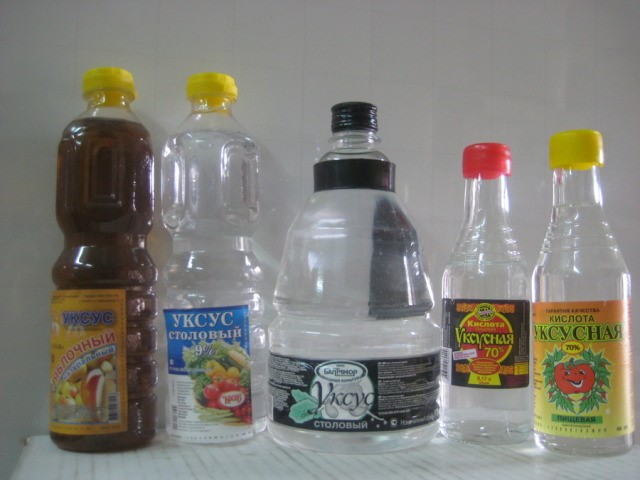
How to get rid of urinary stones in the toilet with oxalic acid
Technical oxalic acid is a powder of fine grains without color. In order to remove the stone from the surface of the toilet bowl, the substance is poured under the rim dry or in the form of a solution. In the second case, you can use water or alcohol to dilute the acid. A rag is moistened in the solution, applied to the stains and left in this form overnight.
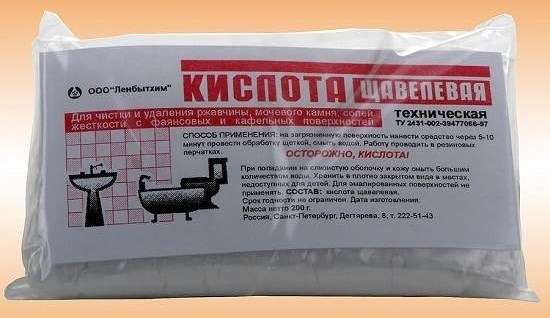
How to clean a toilet bowl from urinary stones with soda
Baking soda has received many favorable reviews - it is an excellent remedy for urinary stones in the toilet, which can be used alone or mixed with various acids. The combination of vinegar and baking soda has worked especially well.
In order to remove urea plaque, you must first moisten the contaminated surface with water. Then one packet of soda is poured into the toilet bowl, the substance should stick to the wet walls. In this form, it is left for 30-40 minutes, after which the remnants of the stone are brushed off.
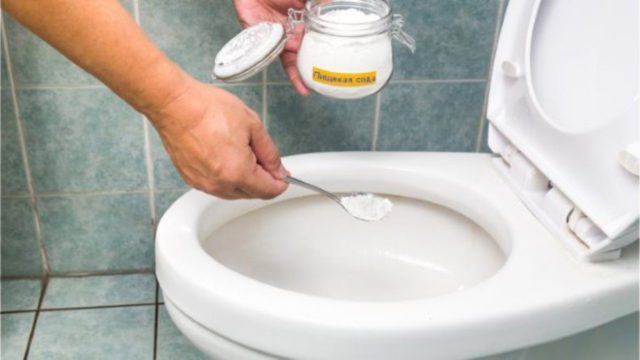
How to remove urinary stones inside the toilet with cola
Recently, ordinary soda has been very popular, which quickly dissolves any contamination on the surface of the toilet. Removes urinary plaque from almost any product in this category: Coca Cola, Sprite, Fanta, etc. In order to get rid of urinary stones, it is enough to fill the toilet with sparkling water overnight. On average, it takes about 3 liters.

How to clean urinary stones in the toilet with bleach
Chlorine-containing preparations effectively corrode urinary stones, however, it is not recommended to use them in large quantities. They are unhealthy, so they resort to chlorine-based products as a last resort.
Method of application: the cleaning agent is applied to the urea stains, left for an hour, after which the remains of the stone in the toilet are removed with a brush under water.
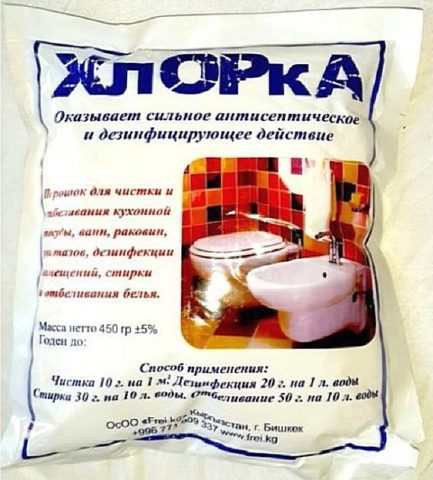
How to remove urinary stone from a toilet bowl whitened
Whiteness is a domestic chlorine-based preparation used for cleaning bathrooms. Not the best household chemical product for human health, but whiteness copes well with urinary plaque. Usually, the substance is poured into the toilet at night, and in the morning the residues of pollution are removed. In order to get rid of the urea stone, 1 liter of the substance is enough.
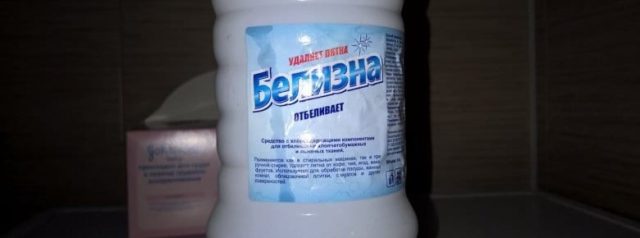
How to dissolve urinary stones in the toilet with electrolyte
Liquid battery electrolyte, which is usually purchased for washing cars, effectively removes urinary plaque. The method of application is similar to that of citric acid. A small cloth is abundantly moistened in the liquid, which is then applied to the dirt for 4-6 hours, but even better for the whole night. In the morning, the surface of the toilet is additionally wiped with a brush and the remaining plaque is washed off with water.
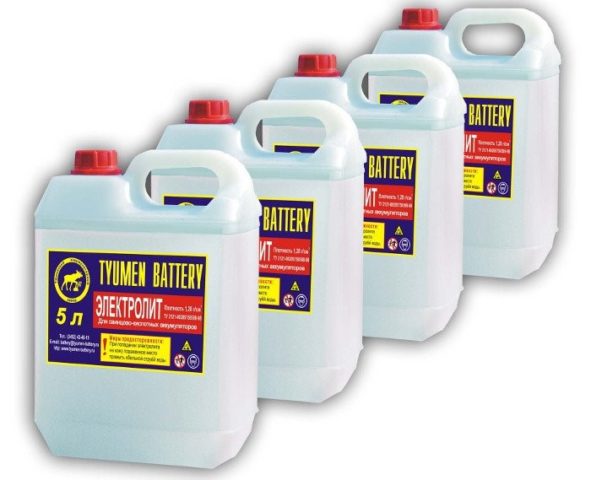
How to clean urinary stones in the toilet with specialized products
Aged urinary stone from the toilet will help to wash off special chemicals. In this case, it is better not to resort to the use of abrasive substances. Those in which small, but sharp and hard particles are present. With their help, mechanical surface treatment is carried out. They effectively remove all impurities, however, it is undesirable to use such mixtures on ceramics. This is especially true for sanitary porcelain, since abrasive compounds leave deep scratches on a smooth surface.
The most popular specialized household chemicals include the following products:
- Gel Cillit Bang for Toilet Bowls - one of the best remedies for urinary stones. As a plus, it is worth noting the form in which the gel is produced, since the bottle is equipped with a dispenser in the form of a small spout. With its help, it is convenient to squeeze the cleaning agent directly from the can into hard-to-reach places under the rim, so there is no need to wet a sponge or rags. The main active ingredient of "Cillit Bang" is hydrochloric acid, which allows the gel to be used as a universal detergent - it effectively removes both urinary calculus and rust stains. Contaminants of a different origin also dissolve rather quickly under the influence of acid.
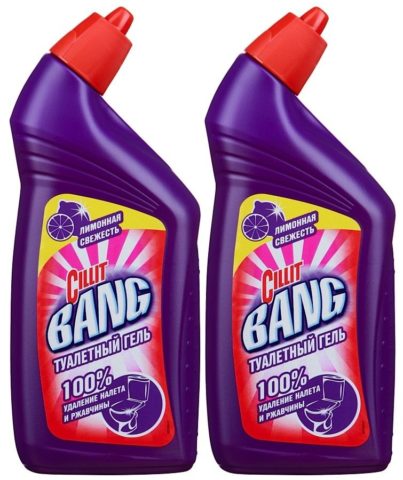
- Domestos for the toilet. Just like "Cillit Bang", this is a multifunctional product that removes various types of dirt in a few hours. On the other hand, "Domestos" is based on alkaline components that quickly corrode organic matter - for this reason, it is not suitable for working with rust, but the gel removes urinary stones effectively. In addition, it contains chlorine-containing bleach, so Domestos not only copes with dirty stains, but also disinfects the surface. The advantages of this product are economical consumption of substances, fast response and relatively low price. The disadvantage is the rather sharp chlorine smell of the gel.
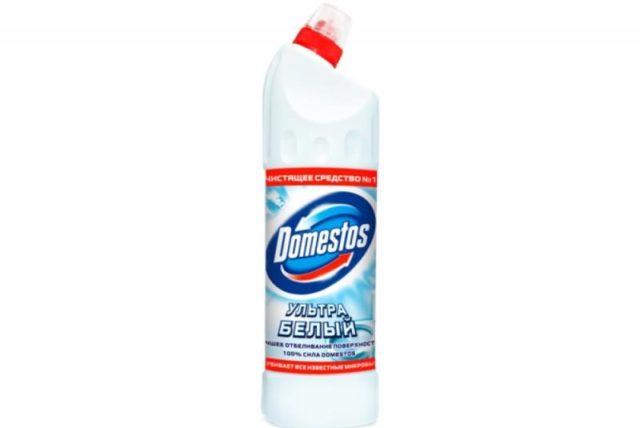
- "Dressing duck" in the form of a gel... The product is available in vials with a strongly curved spout, which allows you to remove the plaque of petrified urea from the most inaccessible places. The hydrochloric acid contained in it also copes well with rust, however, its concentration in the total mass of the product is very high. In order not to damage the skin of the hands, they clean the bathroom exclusively with protective gloves. The advantages of the drug include disinfecting effect, low cost and convenient packaging. The downside is the strong smell and rather liquid consistency of the gel - it is consumed very quickly.
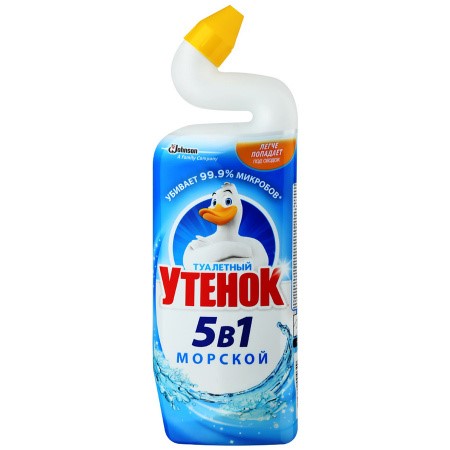
Prevention of the appearance of urinary stones in the toilet
A good prophylactic remedy for urinary stones in the toilet are special tablets that can be purchased at any household chemical store. They not only remove the pollution itself, but also disinfect the surface and deodorize the air in the bathroom.
High-quality toilet tablets are effective for two months after they have been lowered into the cistern, since the components contained in them do not dissolve immediately. Thanks to the protective shell, they release the active particles gradually. The advantages of tablets include the fact that they not only remove the urinary plaque that forms in the toilet bowl, but also clean the small parts of the cistern.
Such tablets also have a drawback - they are consumed quite quickly, especially if a large number of people use the toilet.
Additional preventive measures against urinary stones are to observe the basic rules for the operation of the bathroom. Every time after using the toilet, it is necessary to flush the water and periodically clean the toilet from various contaminants.
Conclusion
Removing urinary stones in the toilet is not an easy task, however, it is quite possible to do it yourself, both with specialized drugs and folk methods. On the other hand, it is much easier not to wait at all for dirt to accumulate on the surface of the toilet. To do this, it is enough to carry out a quick cleaning of the toilet at least once every 1-2 weeks or install special tablets for the bathroom. They will serve as an excellent disinfectant. In addition, such tablets act as an effective flavoring agent.
For more information on how to clean the toilet from urinary stones, see the video below:

